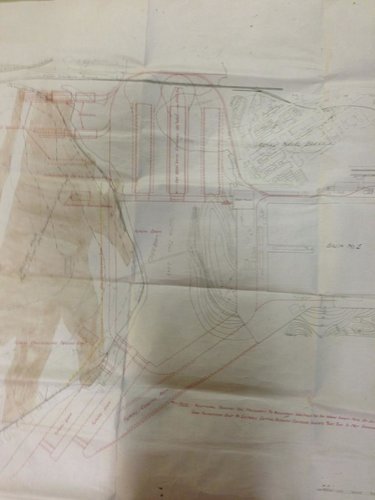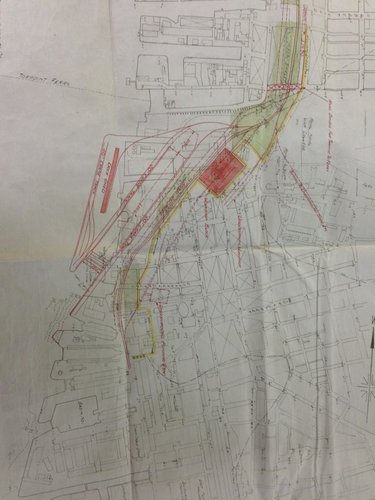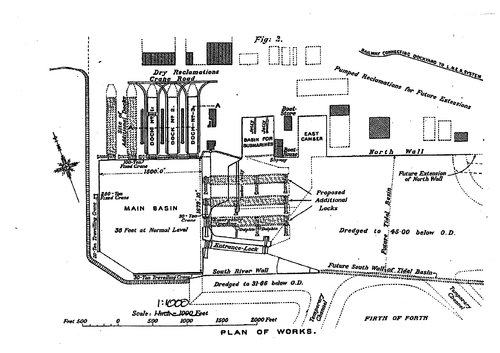I came across a reference to the US offering to trade the UK carriers during WW2, the US wanted to bulk up fast to hit back fast. Four CVs now in exchange for four new build Essex later on.
The UK turned down the trade the same month that the US canceled the flight of four after Oriskany.. that does not seem coincidental to me.
Given production schedules and all... this puts the UK taking delivery of them from 1950 on, with all that implies.
The UK turned down the trade the same month that the US canceled the flight of four after Oriskany.. that does not seem coincidental to me.
Given production schedules and all... this puts the UK taking delivery of them from 1950 on, with all that implies.



